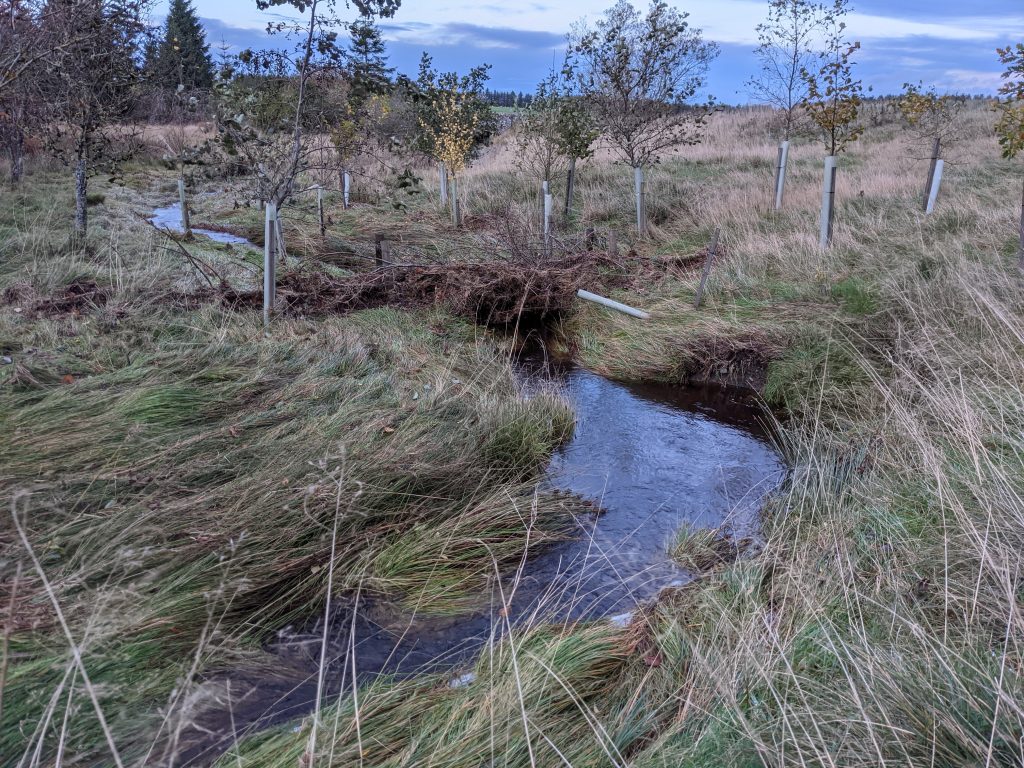World Water Day series – Post by Professor Sarah Hendry
It is now half way through the implementation period for the Sustainable Development Goals (SDGs), with a major UN Water Conference imminent. But there is much to be done, and not just on the WASH agenda.
Goal 6 has several dimensions, with water and sanitation rightly at the top. The pressing need to provide basic services for the world has been a driver for three decades, but still to reach the targets by 2030 requires a fourfold increase in the pace of change. In 2020, just 74% of the global population had safely managed drinking water, 71% had handwashing facilities and only 54% had safely managed sanitation. Although 72% of monitored waterbodies had good ambient quality, only 56% of wastewater was safely treated. [1]
In the developed world, we are truly blessed – for most of us, the taps run with clean water and the toilets flush our waste away. In England, in 2017-19, 99.95% of the population had drinking water that met regulations for public supply; in Scotland in 2020 the figure was 99.92%. Wastewater is collected and treated, with 99.8% of England’s wastewater treatment plant meeting the required standards. But that is not the whole story. We have only to pick up a newspaper to see stories of storm overflows discharging to rivers and the sea, or pollution by plastics or emerging chemicals of concern; fatbergs lurk in our sewers and housing is built without adequate infrastructure. Water services across the globe have both 19th and 21st century problems.
Our current regulatory framework is based on EU law, which drove investment in the 80s and 90s, by introducing technical standards for drinking water and wastewater treatment. We should not forget what a change that was, or how much was achieved. Now a recast Drinking Water Directive and proposals for a new Urban Wastewater Treatment Directive will shift the agenda again, addressing a wider range of emerging pollutants, requiring wastewater treatment to be energy neutral by 2040 in the move to net zero, and recognising rights to both drinking water and sanitation, neither of which are fully assured even in the EU. These rules may not need to be implemented in the UK, but if not, we will need to find other solutions to the same problems.
Complex and expensive technical rules, appropriate to post-industrial developed countries, will not be applicable everywhere. But the science on which they are based is equally applicable to other places and contexts, and so are the underpinning principles, including the polluter pays, the precautionary principle and public participation. And net zero technology will also drive technologies to recover the valuable resources in wastewater, which must be useable at different scales and with different resources.
The achievement of the whole of Goal 6 also necessitates addressing water scarcity, integrated water resource management with everything that involves, and improving aquatic ecosystems. Along with the necessary investment in services, a focus on these wider goals, which will work along with the climate agenda and the biodiversity crisis, is a critical frame. There will not be meaningful progress in service delivery until the wider environmental picture is also realised, through a principle-based, science-driven regulatory approach to both the water services and the water resources targets.
[1] See https://www.sdg6data.org/en#:~:text=SDG%20target%206.4%20is%3A%20’By,the%20target%2C%20SDG%20indicator%206.4.

